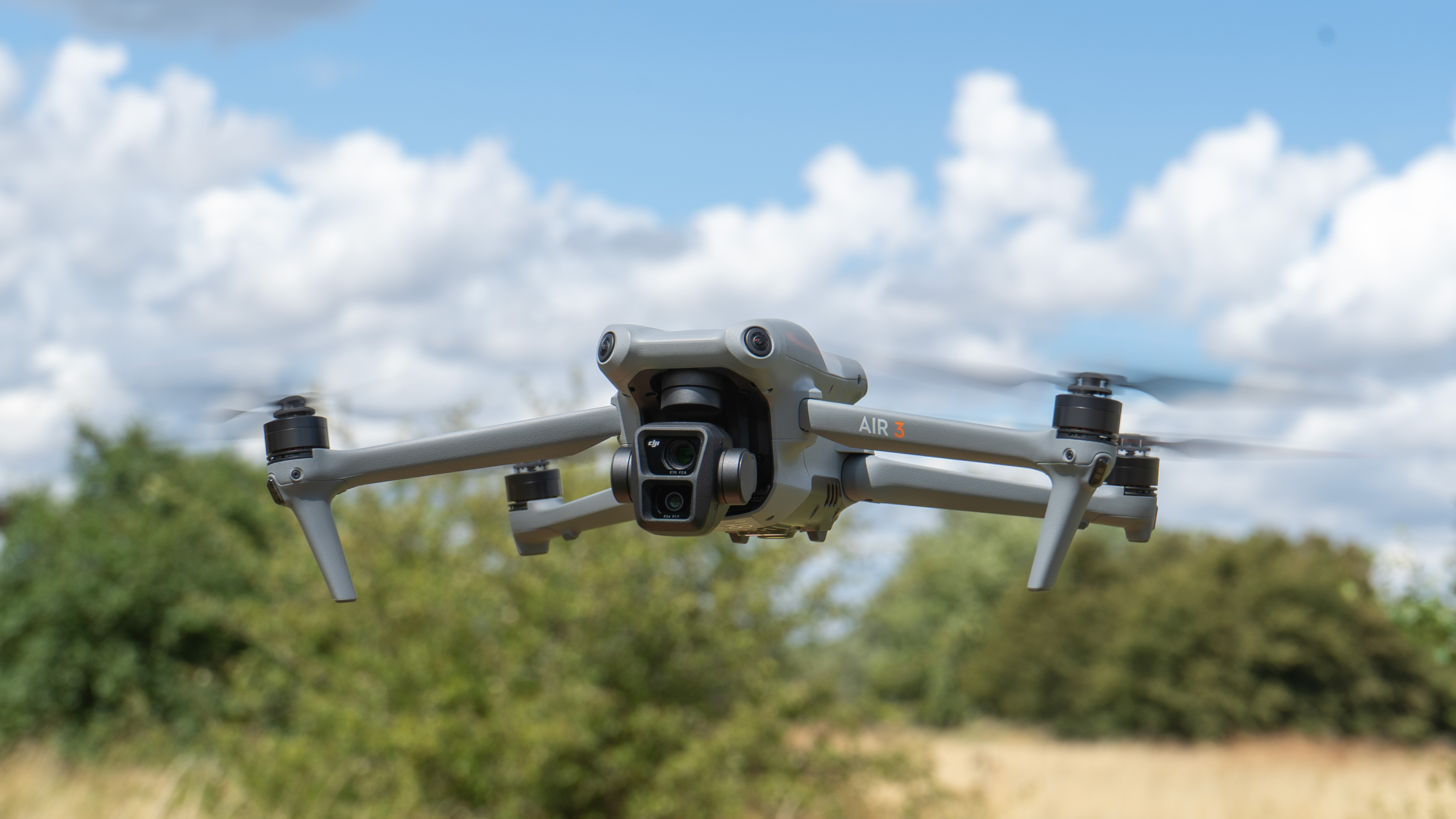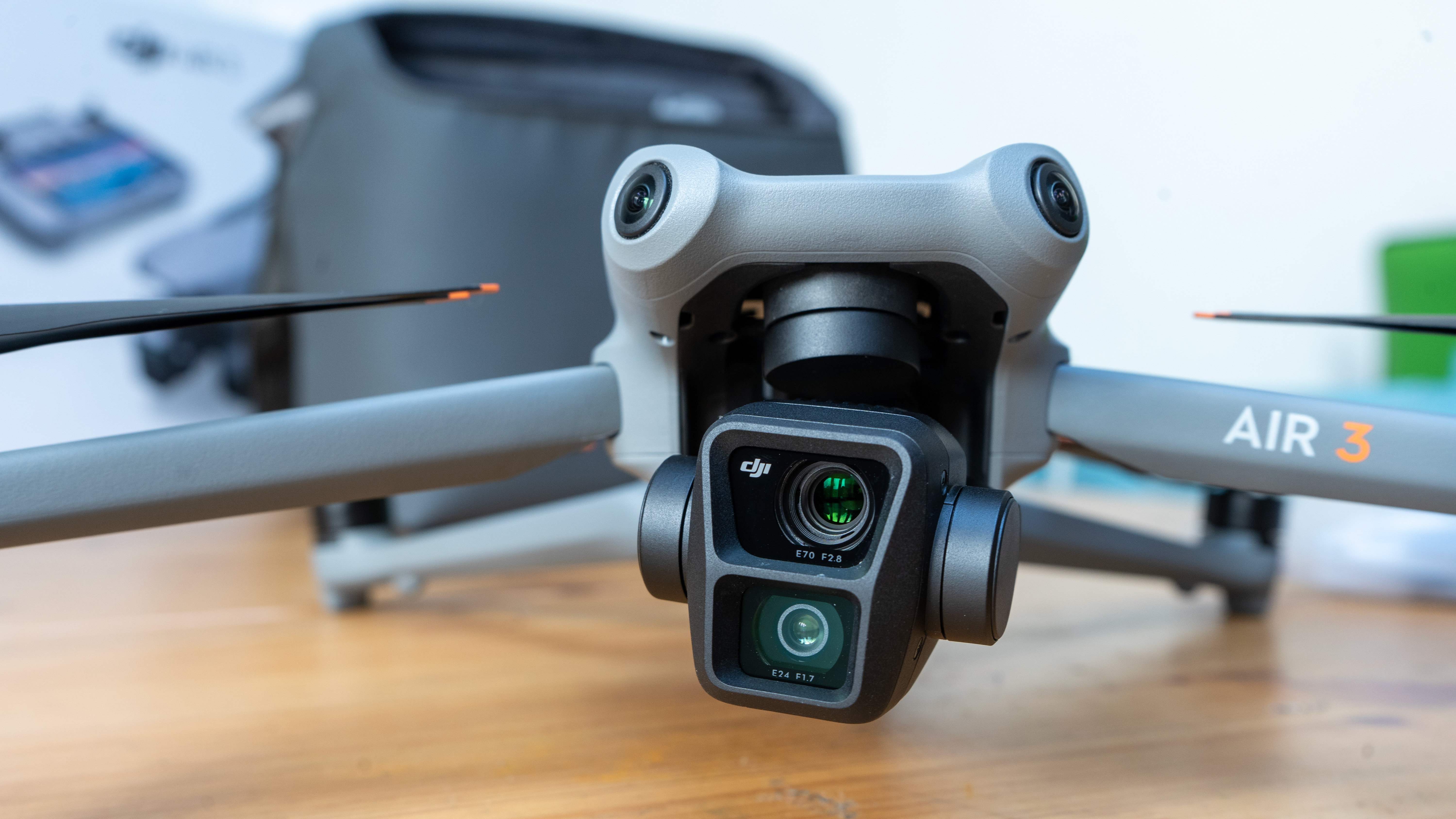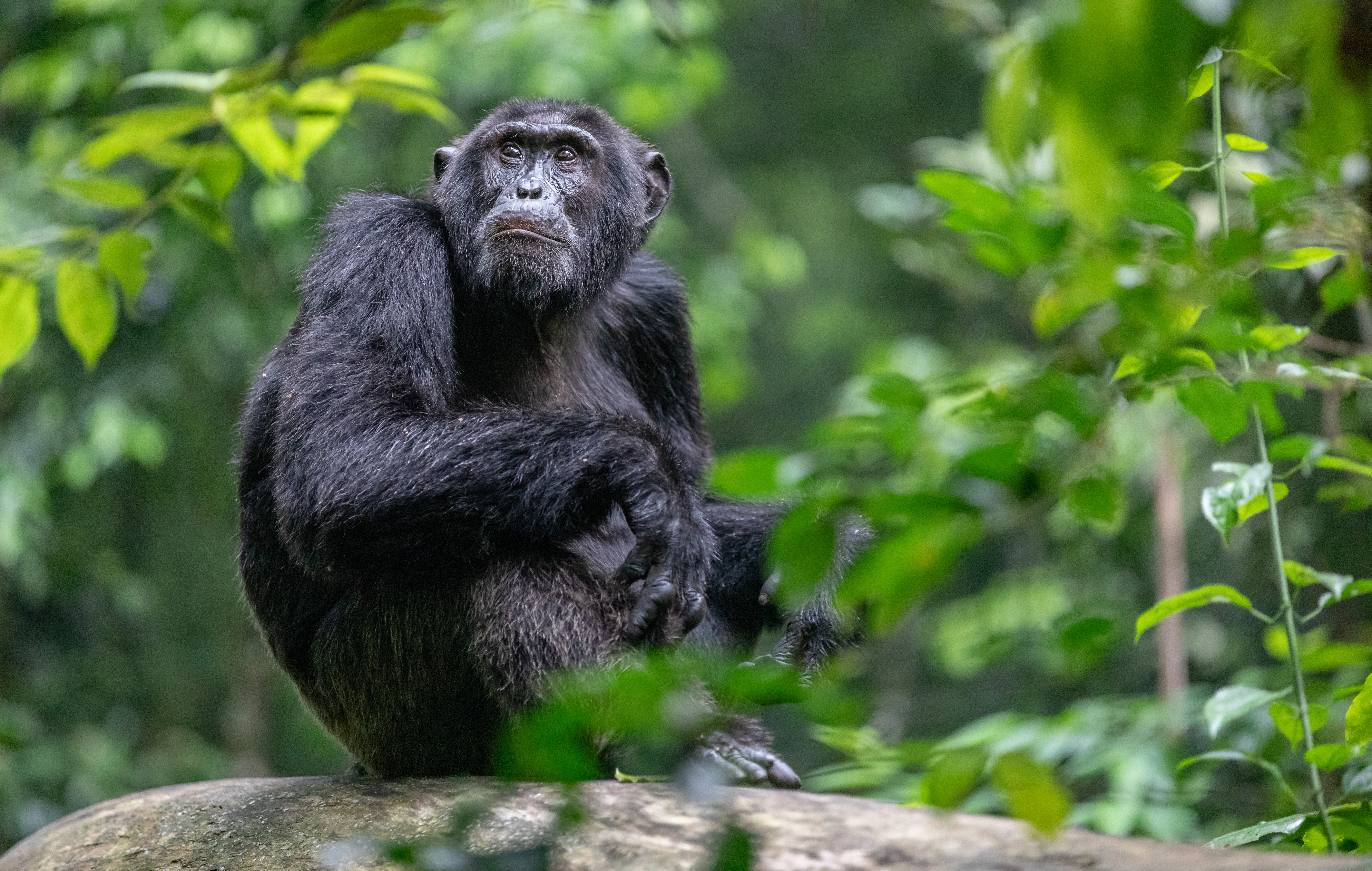DJI Air 3 puts camera quantity over camera quality, and I think that's the right move!
With more cameras in the drone, the Air 3 sensors have to be smaller – will photographers be up in arms? I'm not...

The DJI Air 3 has been rumored and leaked a great deal, but until the final specs became clear, it still wasn't certain that DJI had prioritised the number of cameras over the physical size of the image sensor which – until now, anyway – has been the main indicator of image quality.
The launch of the DJI Air 3 seems to look at photography more in the way creatives do. It costs $1,099 / £962 / AU$ 1,699 with the standard RC-N2, or $1,549 / £1,379 / AU$ 2,349 in the Fly More Combo with the RC2, and boasts switchable dual cameras.
• Read our full DJI Air 3 review
By necessity, no doubt, the new Air 3's cameras have smaller image sensors than its predecessor, the Air 2S, shrinking from 1-inch to 1/1.3-inch. But it has two of them. One with a 24mm EFL lens and the other with a 70mm EFL lens, much like most phones. And that is a lot more useful for most creatives. Better still, they're the same 48 MP too – nice and consistent.

The real question would be "Why have we gone on so long with single cameras in high-end drones?" except that the Mavic 3 started to address that back in May 2022. Like phones, though, it had some issues – it definitely had a favourite camera – it's main Hasselblad one.
Being told that one focal length is the "main" one is the sort of thing which can really get my goat. It diminishes – insults, even – the others, and is almost insulting where the tech is now good enough to compensate for drone vibration on at least a 70mm EFL. To my mind an aerial tele with foreground and background is amongst the best shots a drone can give you.
The Mavic 3's other camera, both teles, offered such different quality images to the main one, and perhaps that had a lot to do with the fact it was built to meet the needs of surveyors as much as others.
Get the Digital Camera World Newsletter
The best camera deals, reviews, product advice, and unmissable photography news, direct to your inbox!
It's also true that the iPhone and other multi-camera hybrids do this, but it just seemed more pronounced with that drone. It's easy to believe the phone companies have larger resources to devote to software compensations for a mix of sensors. Fair enough, but I can think of a pretty simple solution to that – use the same sensor!
Seriously, why didn't DJI think of that before? The Air 3 does something which seems blindingly obvious in retrospect and, honestly, so what if the sensor is a little smaller if you get the option of switching to tele without worrying about image quality. A 1/1.3-inch sensor on a decent airframe is good enough for 4K video at a high standard and, if we're honest, anything above that for most people is just an irritation which costs in terms of render time and SD cards.
Give me the option of equal quality tele every time, I say. (Though, obviously, my inner show-off wants 1-inch sensors for both – perhaps I'll have to voice my objections to physics...)
If you're thinking of splashing out on a drone, read our guide to the best camera drones first, and don't forget it's also a good idea to pick up a drone landing pad.

With over 20 years of expertise as a tech journalist, Adam brings a wealth of knowledge across a vast number of product categories, including timelapse cameras, home security cameras, NVR cameras, photography books, webcams, 3D printers and 3D scanners, borescopes, radar detectors… and, above all, drones.
Adam is our resident expert on all aspects of camera drones and drone photography, from buying guides on the best choices for aerial photographers of all ability levels to the latest rules and regulations on piloting drones.
He is the author of a number of books including The Complete Guide to Drones, The Smart Smart Home Handbook, 101 Tips for DSLR Video and The Drone Pilot's Handbook.
